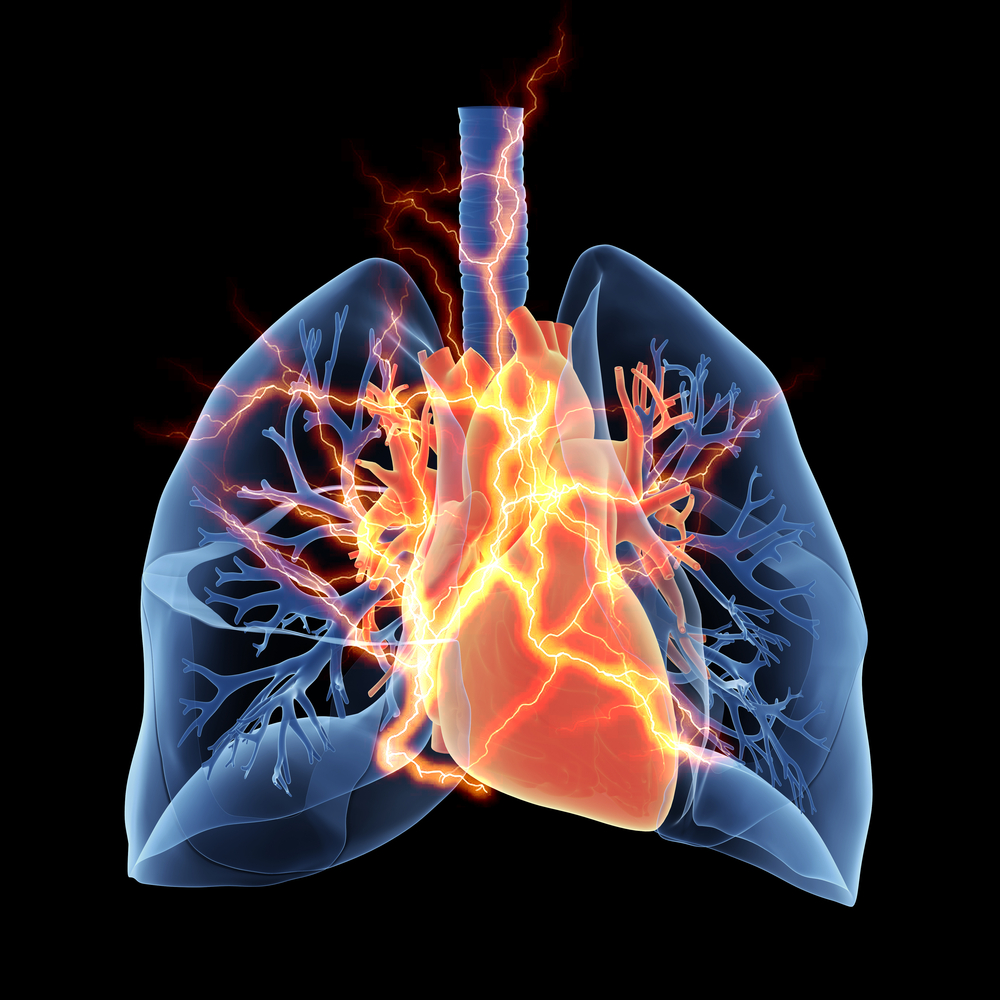Survival Rates for Lung Disease-associated PH Similar to Poor Survival in IPH, Study Suggests

Despite having better heart function and less severe disease, patients with a lung disease underlying their pulmonary hypertension (PH) have survival rates that are as poor as those with idiopathic PH, a study suggests.
The study, “Outcomes of Lung Disease-Associated Pulmonary Hypertension and Impact of Elevated Pulmonary Vascular Resistance,” was published in the journal Respiratory Medicine.
PH, a condition characterized by high blood pressure in the arteries that carry blood to the lungs, can develop in patients with other lung diseases, namely chronic obstructive pulmonary disease (COPD) and idiopathic pulmonary fibrosis.
It is estimated that chronic lung disease affects more than 570 million people around the world and is a major cause of death.
PH associated with lung disease is especially associated with poorer outcomes, but its incidence and impact is not fully understood. This is partially due to the current methods for diagnosing PH — the gold standard procedure being right heart catheterization — which are invasive and therefore often avoided. In right heart catheterization, a catheter is passed into a vein in the neck or groin to measure the pressure in the heart and lungs.
To better characterize the clinical outcomes in PH patients with lung disease, a research team collected data from a prospective group of patients followed at Duke University and Cleveland Medical centers.
Of 259 patients screened, 51 had lung disease-associated pulmonary hypertension (LD-PH), and 83 had idiopathic pulmonary arterial hypertension (IPAH).
In the LD-PH group, 26 patients had COPD, 21 were diagnosed with interstitial lung disease (ILD), one had severe obstructive sleep apnea, and three had mixed obstructive and restrictive lung disease. Patients in the LD-PH group were older (mean age of 64 years) than the ones in the IPAH group (mean age of 55.8 years), and 70% of them were male versus 30% in the IPAH group.
A heart analysis of patients in both groups showed that those in the LD-PH group had less severe heart dysfunction than the IPAH group, with less dilation of the heart’s bottom right chamber (ventricle) and better function of the valve between the two right heart chambers (right ventricle and right atrium), called the tricuspid heart valve. These patients also had a lower mean pulmonary arterial pressure and pulmonary vascular resistance.
Despite better heart performance, patients in the LD-PH group had worse survival rates than those with IPAH, although this difference was not statistically significant.
For patients within the LD-PH group, survival was significantly worse for those with ILD compared with COPD patients, with a five-year survival rate of 29% versus 54%, respectively.
Higher pulmonary vascular resistance (PVR) — equal to or above 7 wood units — was linked with a three-fold higher risk of death in LD-PH patients.
“Despite milder PH and less right ventricle failure than IPAH, LD-PH has equally poor survival,” the researchers wrote, adding that “increased PH severity and higher PVR significantly impact survival in LD-PH patients.”
According to the team, the findings support “earlier and more routine use of cardiac catheterization” as it would be beneficial in this patient population.







